“Clipping” and “multi-path” are terms commonly encountered in various fields, including signal processing, audio engineering, and telecommunications. Here’s a brief explanation of each:
A clipping path is a graphic design technique used to isolate or cut out a specific portion of an image from its background. This technique is commonly employed in image editing software like Adobe Photoshop. By creating a clipping path, you can separate an object or subject from its original background, allowing you to place it on a different background or use it in various design compositions without the original background interfering. The process involves carefully tracing around the edges of the subject in the image using tools like the Pen Tool in Photoshop to create a precise path. Once the path is created, the area outside of it can be deleted or hidden, leaving only the desired subject visible. Clipping paths are frequently used in product photography, e-commerce websites, advertisements, and various graphic design projects where precise image cutouts are needed.



“Medium Clipping Service” could refer to a company or service provider that offers clipping path services for medium-sized businesses or clients. In the realm of image editing and graphic design, “medium” might refer to the complexity or size of the images being worked on.
Such a service provider would likely offer clipping path services tailored to the needs of clients with medium-sized projects, which may include:
Clipping paths for product photography: Removing backgrounds from medium-sized product images to create clean, professional-looking product listings for e-commerce websites or catalogs.
Image retouching: Enhancing medium-sized images by adjusting colors, removing imperfections, and making other modifications to improve overall quality.
Background removal: Separating subjects
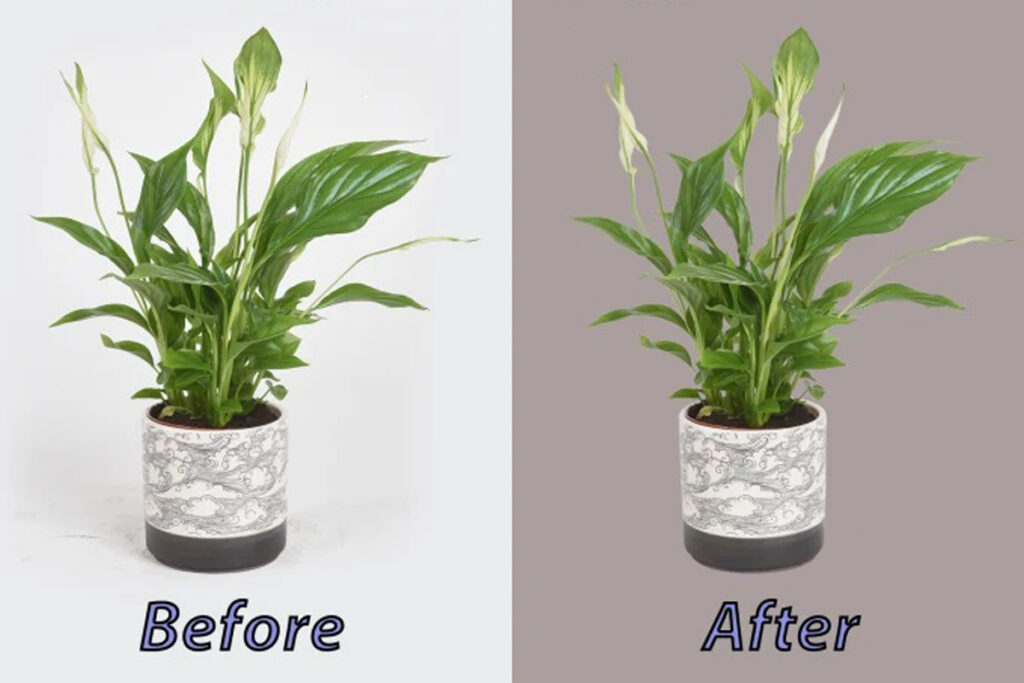

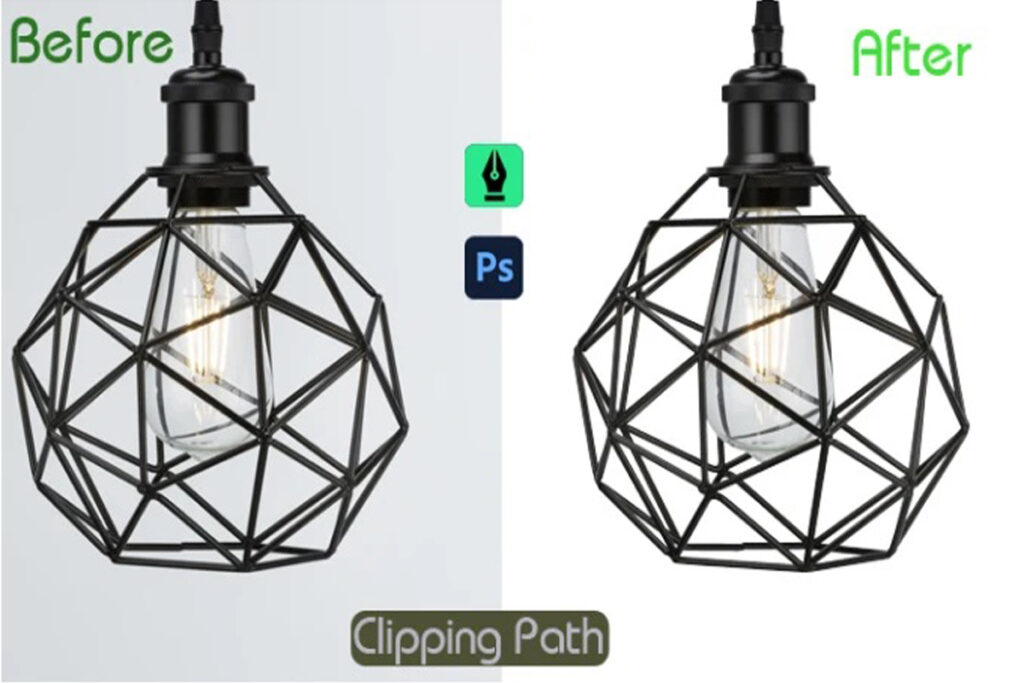
A “super complex clipping path” typically refers to a highly intricate clipping path that requires detailed and precise outlining to separate an object from its background. This can involve objects with intricate shapes, fine details, transparency, or hair/fur strands. Here are some steps typically involved in creating a super complex clipping path:
Selection: Use advanced selection tools such as the Pen Tool in Adobe Photoshop to create a precise outline around the object you want to clip. This may involve zooming in closely and carefully tracing the object’s edges.
Path Creation: Convert the selection into a path. This allows for more precise editing and adjustment of the clipping path.
Refinement: Fine-tune the path by adjusting anchor points and bezier handles to accurately capture the object’s shape and details. This step often requires patience and attention to detail.
Background Removal: Once the clipping path is accurately defined, remove the background from the image using the clipping path. This creates a clean separation between the object and its background.
Quality Control: Review the image to ensure that the clipping path accurately separates the object from the background without any unwanted artifacts or jagged edges.
Output: Save the image with the transparent background or place it onto a new background as required.
Creating a super complex clipping path can be time-consuming and requires advanced skills in image editing software like Adobe Photoshop or Illustrator. It’s often used in industries such as photography, e-commerce, advertising, and graphic design where high-quality image editing is crucial.
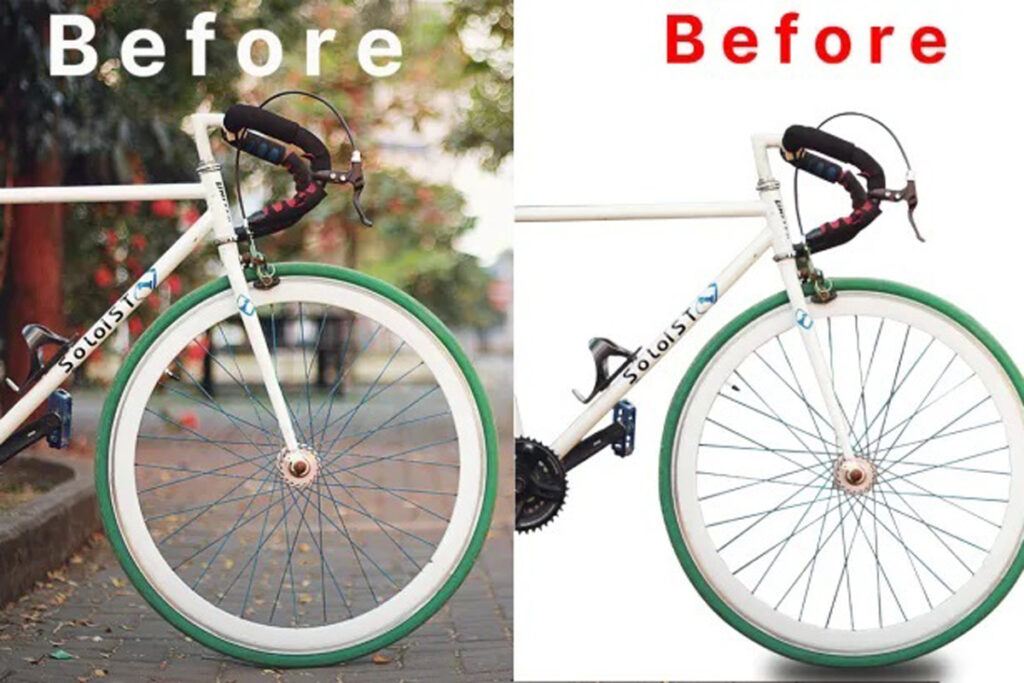
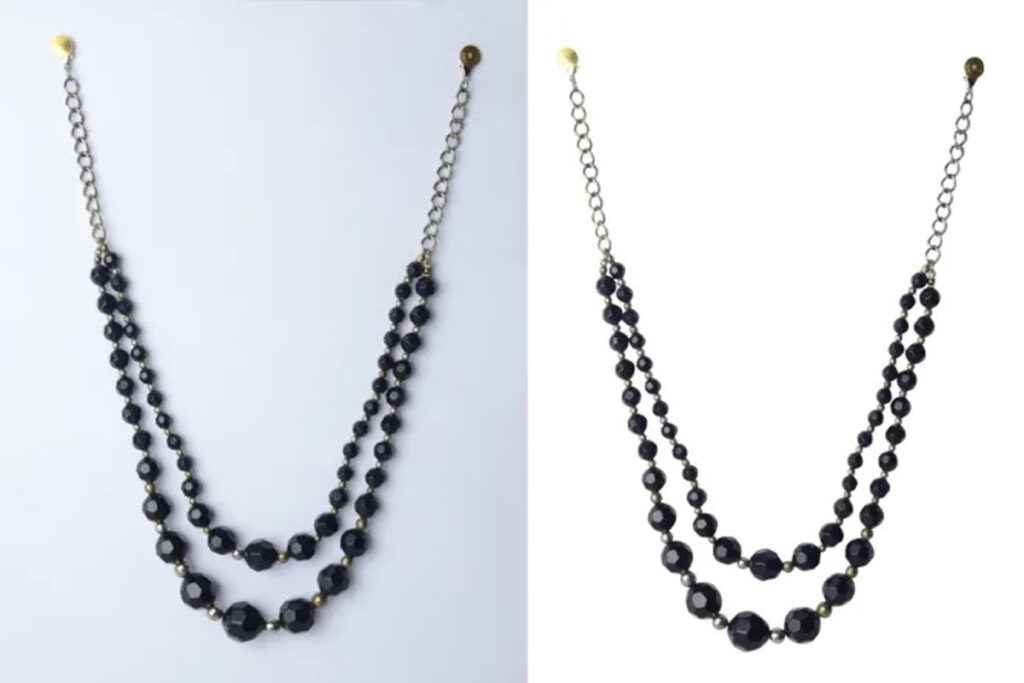
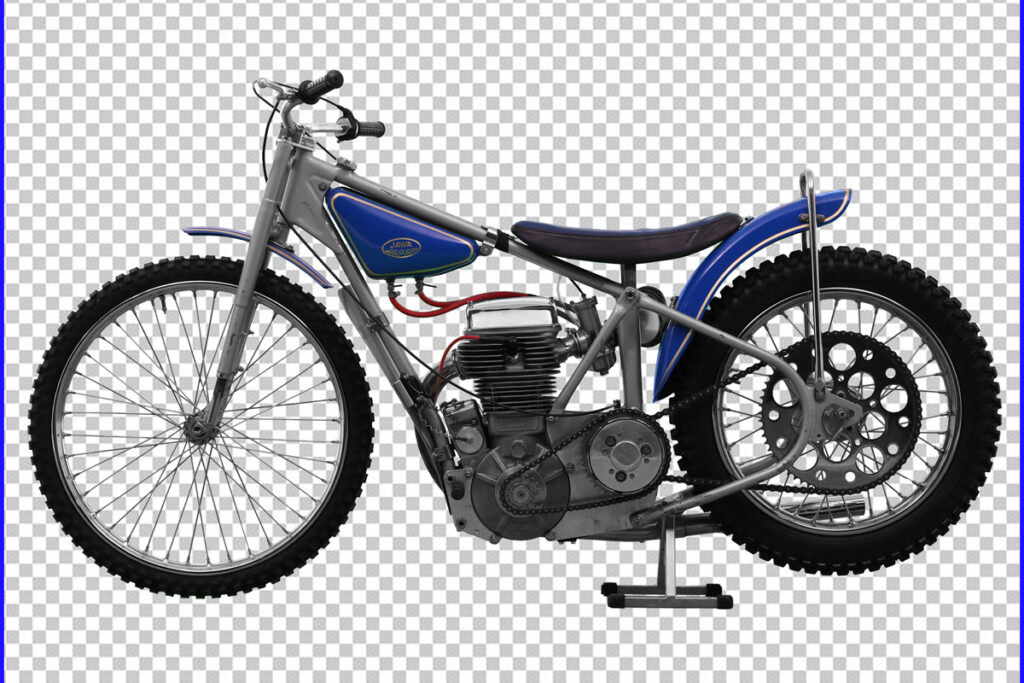
Multiple clipping paths involve creating separate clipping paths for different parts or elements within an image. This technique is commonly used in industries like e-commerce, fashion, and product photography where individual elements of an image need to be edited or isolated independently. Here’s how multiple clipping paths are typically created:
Initial Selection: Start by selecting the entire image or the primary object using any selection tool available in your image editing software, such as the Pen Tool or Magic Wand Tool.
Path Creation: Convert the initial selection into a path. This will serve as the base path for the entire image.
Identify Elements: Identify the different elements within the image that require separate clipping paths. These could be individual products, components, or specific areas that need separate editing.
Create Additional Paths: Use the Pen Tool or any selection tool to create separate clipping paths for each identified element. Each path should enclose the specific area or element that you want to edit or isolate.
Refinement: Fine-tune each clipping path as needed, ensuring that they accurately capture the shapes and details of the respective elements. This may involve adjusting anchor points, curves, and handles to achieve precision.
Editing and Isolation: With multiple clipping paths in place, you can now edit or isolate each element independently. This could include color correction, retouching, resizing, or placing them on different backgrounds.
Quality Control: Review the entire image to ensure that each element has been properly isolated and edited without any visible artifacts or inconsistencies.
Output: Save the final image with all the individual elements properly edited and isolated. You may save it with a transparent background or place them on different backgrounds as required.
Using multiple clipping paths allows for more precise and efficient editing of complex images with multiple elements. It’s a versatile technique that can significantly enhance the quality and visual appeal of product photos and other types of images.
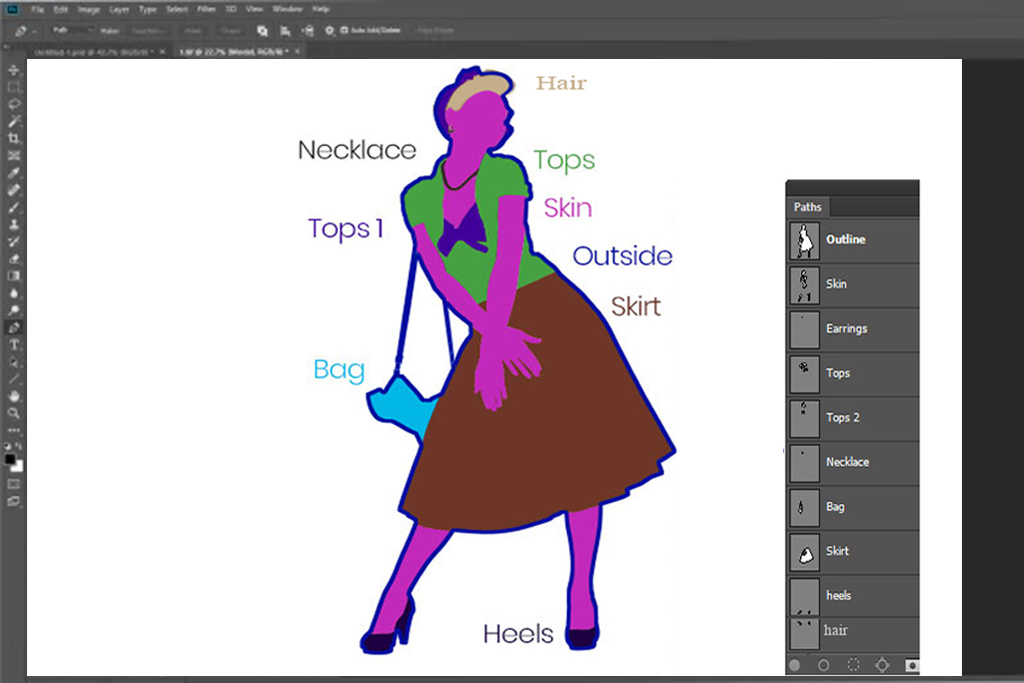
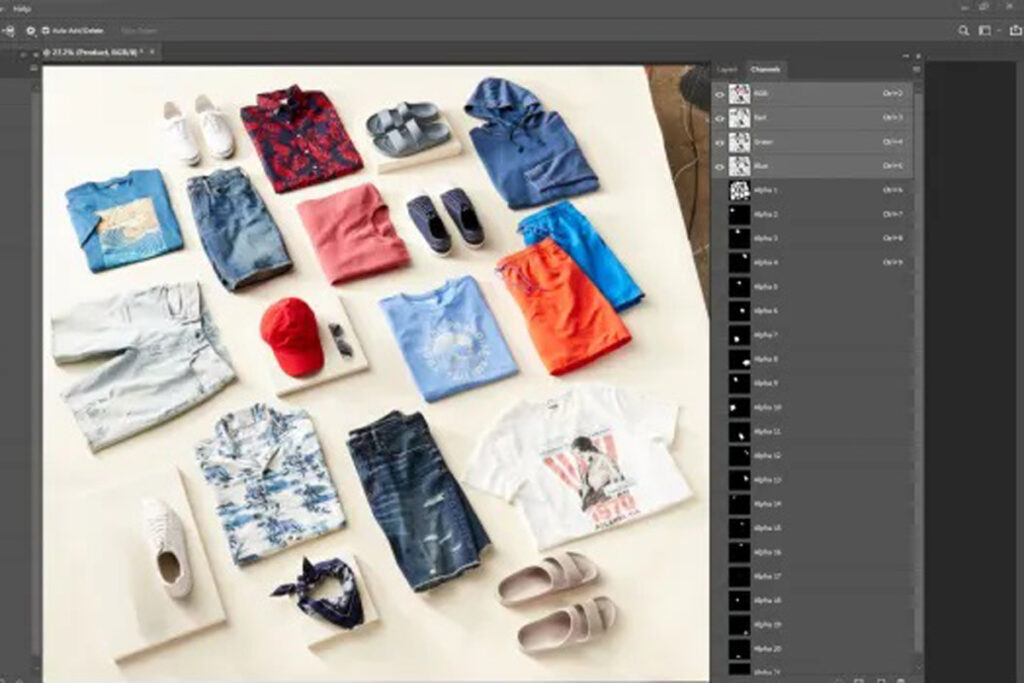
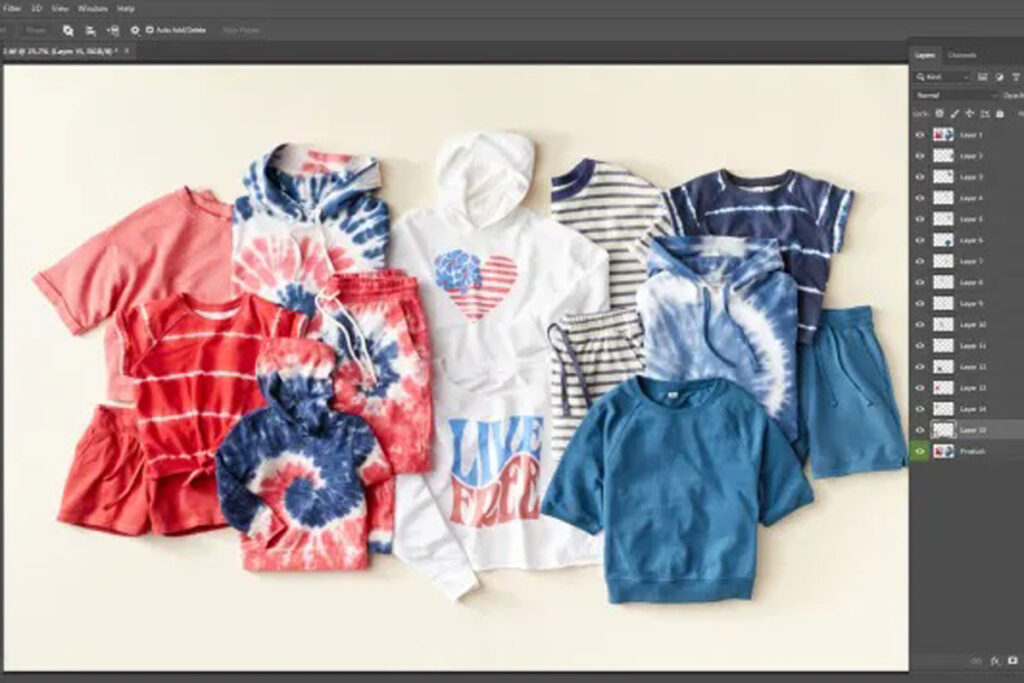
This involves smoothing out skin texture, removing blemishes, acne, wrinkles, scars, and other imperfections while preserving a natural appearance. Techniques such as frequency separation, clone stamping, healing brush.

A clipping path is a graphic design technique used to isolate objects or elements within an image from their background. It involves creating a vector path or outline around the desired object, which effectively clips out or masks everything outside the path. This technique is commonly used in various graphic design applications, particularly in tasks like photo retouching, image editing, and product photography.
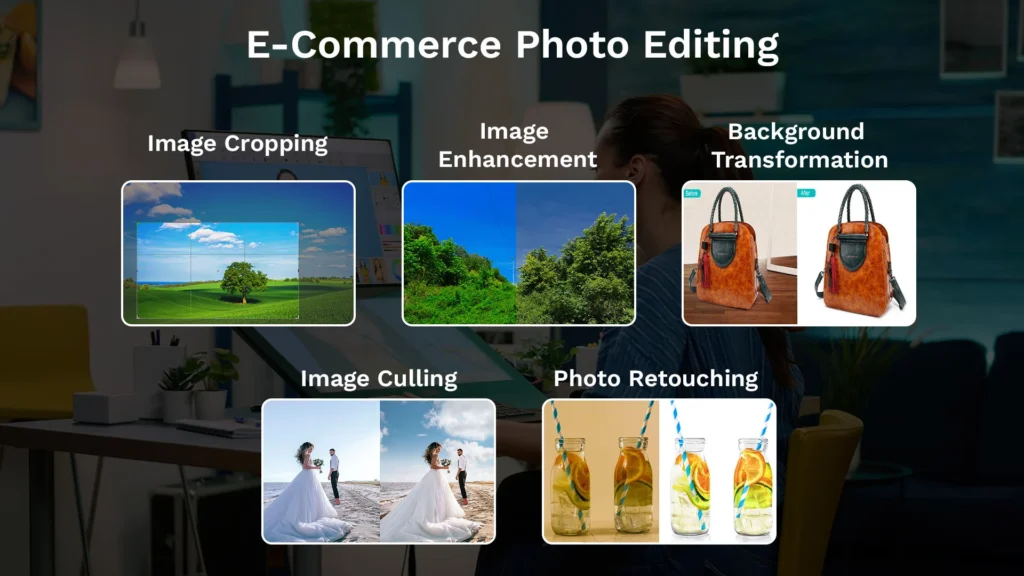
Add multiple feature items, set different icons or images for each feature and also give custom links if needed.
Choose your style from three different layouts and two unique icon background shapes.
Show a connector line between each icon, changes its color and style to fit your unique design.
Show a connector line between each icon, changes its color and style to fit your unique design.
Easily customize every aspect of your list from widget styles but also you can give custom colors to each item as well.
Show a connector line between each icon, changes its color and style to fit your unique design.

I did ask for a lot of revisions and William was very patient and kept working with me, he delivered revisions within a day each time. I really like the end result.

I'm very happy with the outcome. The process was easy and painless. He has read my directions and followed through. And, the messages were personalized rather than pre-written/generic. I'll be working with him again.

Did offer 2 pre-designs to choose from. I just wish it was more communication in the beginning to find out what the clients really wants. But the result was really pleasing. And did revision right. Away
A clipping path is a graphic design technique to isolate objects or elements within an image from their background. It involves creating a vector path or outline around the desired object.

© 2024 Created with Clipping Path Cheap